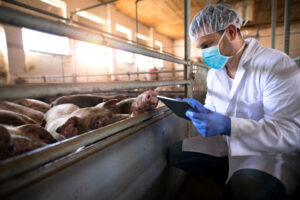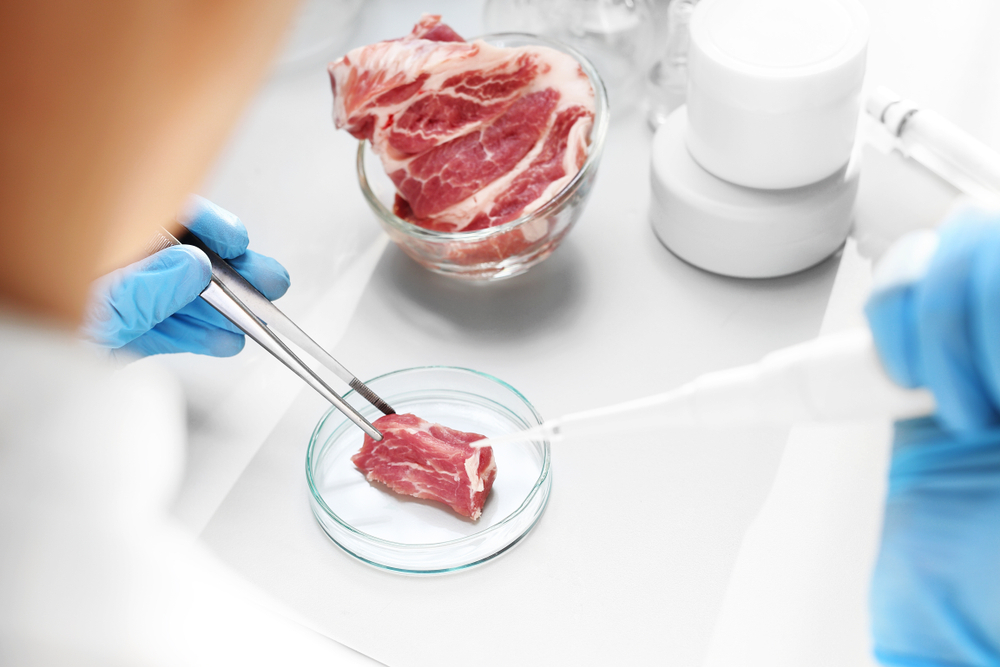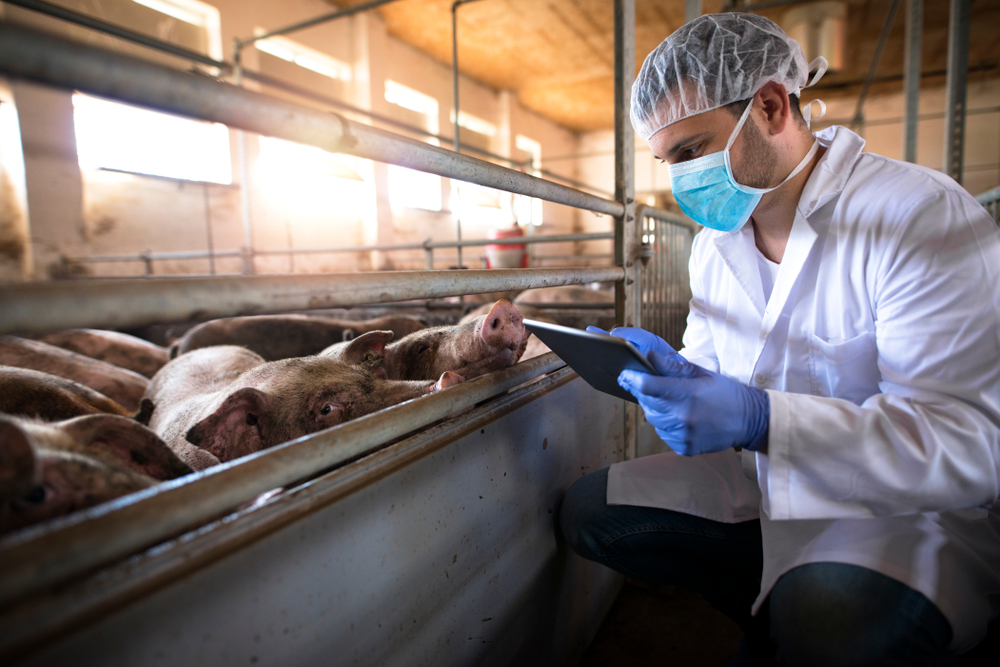Introduction: Recognizing the FDA’s Battle Against Antibiotic Overuse

Within the multifaceted tapestry of America’s meat industry, the enduring issue of antibiotic overuse has emerged as a focal point drawing the attention and regulatory scrutiny of the United States Food and Drug Administration (FDA). Over the years, the FDA has been at the forefront of endeavors to curtail the widespread use of antibiotics in livestock, recognizing the potential ramifications for public health and antimicrobial resistance. Despite these concerted regulatory efforts, recent data has cast a disquieting shadow, revealing a disconcerting resurgence in the sales of antibiotics intended for use in livestock. This concerning trend has set alarm bells ringing among public health advocates, who fear the potential consequences for both animal and human health as antibiotic resistance looms large on the horizon. In this intricate landscape, the ongoing battle against antibiotic overuse unfolds as a dynamic saga, marked by regulatory challenges, industry dynamics, and the imperative to strike a delicate balance between agricultural practices and public health imperatives. As stakeholders navigate this complex terrain, the role of the FDA stands central, serving as a linchpin in the broader narrative of safeguarding not only the integrity of the meat industry but also the well-being of consumers and the resilience of antibiotic efficacy in the face of evolving microbial threats.
The FDA’s Regulatory Landscape: Progress and Setbacks
Efforts initiated by the FDA in the mid-2010s yielded positive outcomes, resulting in a 42% reduction in sales of medically important antibiotics for livestock between 2015 and 2017. However, a concerning trend emerged as sales bounced back, rising by 12% from 2017 to 2022, with an additional 4% increase in 2022 alone. The escalating use of antibiotics raises questions about the meat industry’s commitment to tackling this critical issue.
Allocation Shift: Antibiotics Tilted Towards Livestock
An analysis conducted by the Natural Resources Defense Council and One Health Trust highlighted a disconcerting shift in the allocation of medically important antibiotics. In 2017, the meat industry consumed 62% of the US antibiotic supply, a figure that surged to 69% by 2020. The implications of this shift are grave, with antibiotic-resistant bacteria claiming over 1.2 million lives globally in 2019.
Contrasting Approaches: Europe’s Strides vs. FDA’s Caution
While Europe set an example by significantly reducing antibiotic use in livestock from 2011 to 2022, the FDA appears hesitant to adopt similar stringent measures. The European Union’s decision to ban routine antibiotic use for disease prevention in livestock stands in contrast to the FDA’s cautious approach, citing unique challenges faced by the US.

Progress in the Poultry Sector: A Glimmer of Hope
The chicken industry, particularly companies like Perdue Farms, made strides by decreasing antibiotics purchasing in 2022. Perdue’s campaign to eliminate antibiotics from its chicken production showcased that change is possible. However, the impact on the overall industry remains limited.
Hurdles in Beef and Pork: Why Antibiotics Persist
The complexities of beef and pork production pose significant challenges to reducing antibiotic use. Distinct farming practices, longer lifespans, and decentralized supply chains hinder the implementation of antibiotic-free regimens. While the chicken industry showed progress, the beef and pork sectors resist reform, with antibiotic sales for pig production rising by 31% from 2017 to 2022.
Call for Regulation: PIRG’s Recommendations and FDA’s Response
Public Interest Research Group (PIRG) advocates for crucial actions, including setting a target to reduce antibiotic use, publishing data on antibiotic use, and limiting the duration of antibiotic courses for farmed animals. However, the FDA contends that specific reduction targets are challenging due to a lack of comprehensive data on antibiotic use.
State Initiatives and Voluntary Change: Are They Enough?
While some states, such as Maryland and California, have taken steps to restrict antibiotic use on farms, the overarching challenge persists. Voluntary initiatives, like McDonald’s pledge to reduce antibiotic use in its beef supply chain, show promise. However, without regulatory intervention, the industry lacks sufficient incentives to make substantial reductions.
Success Stories: The Roselands and Denmark
The story of Iowa pig farmers Tim and Deleana Roseland, who successfully transitioned to antibiotic-free farming, offers hope. Their experience highlights that with thoughtful management practices, it is possible to reduce antibiotic use without compromising animal welfare. Denmark’s success in reducing antibiotic use through strategic practices serves as a noteworthy example.
The Role of Sustainability: A Complex Balancing Act
As we delve deeper into the challenges posed by antibiotic-free farming, it becomes evident that sustainability plays a pivotal role. Success stories, such as those of the Roselands and Denmark, come with trade-offs, including increased costs and land requirements. The delicate balance between sustainable practices and economic viability underscores the multifaceted nature of this dilemma.
The Urgency of Global Collaboration: Safeguarding Antibiotics for Future Generations
The rise in global antibiotic sales for agriculture underscores the urgent need for collaboration on a global scale. The FDA and the US meat industry must prioritize not only domestic initiatives but also engage in international efforts to combat antibiotic resistance. Learning from both successful and struggling regions becomes imperative in shaping a comprehensive strategy to safeguard antibiotics for future generations.
Industry Perspectives: Challenges and Opportunities
An exploration of industry perspectives reveals the challenges and opportunities in transitioning to antibiotic-free practices. While some companies, like Perdue Farms, have successfully embraced change, others in the beef and pork sectors resist due to complex supply chains and economic considerations. Understanding these dynamics is crucial in formulating effective strategies for widespread adoption.
The Science Behind Antibiotic-Free Farming: Lessons from Denmark
Delving into the scientific intricacies of antibiotic-free farming, the example of Denmark provides valuable insights. From frequent barn cleaning to improved ventilation and strategic use of vaccines, Denmark’s approach offers a blueprint for sustainable practices that reduce antibiotic dependency without compromising animal health.
Conclusion: Safeguarding Antibiotics for Future Generations
As the global demand for antibiotics in agriculture continues to rise, the urgency of adopting sustainable practices becomes undeniable. The FDA and the US meat industry must prioritize collaborative efforts, embracing proven strategies, and adopting stringent measures to safeguard antibiotics for future generations. The fate of human medicine hangs in the balance, emphasizing the need to learn from both successful and struggling regions in the battle against antibiotic resistance. The intricate interplay between sustainability, economic viability, and global collaboration underscores the complexity of this pressing issue, urging stakeholders to unite in a shared commitment to protect the efficacy of antibiotics for the well-being of humanity.
